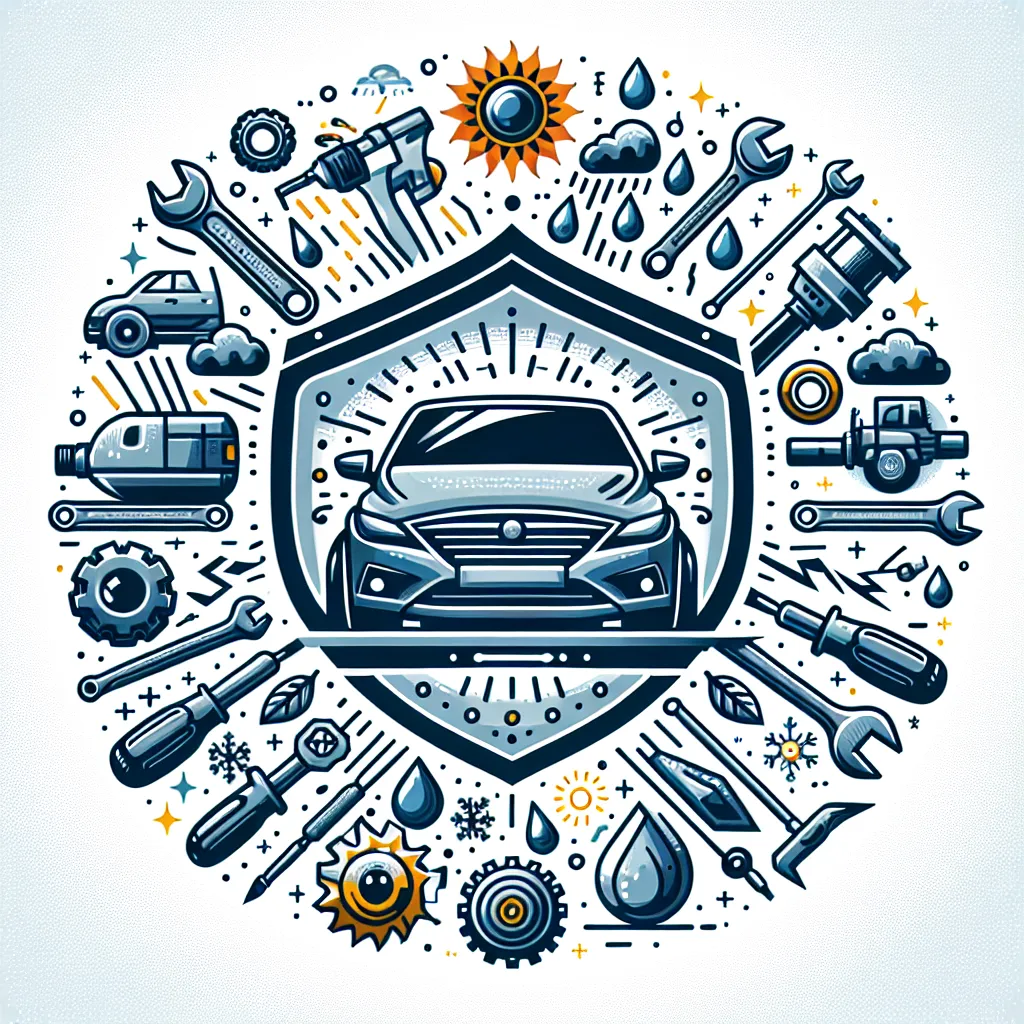Tag: Full Coverage
-
Understanding Full Coverage Car Insurance for Better Protection

Discover what full coverage car insurance truly covers, its benefits, costs, and how to choose the right policy for your needs. Read more
-
Understanding Auto Insurance Full Coverage for Better Protection

Discover what auto insurance full coverage includes, its benefits, costs, and how to choose the right policy for your needs. Read more
